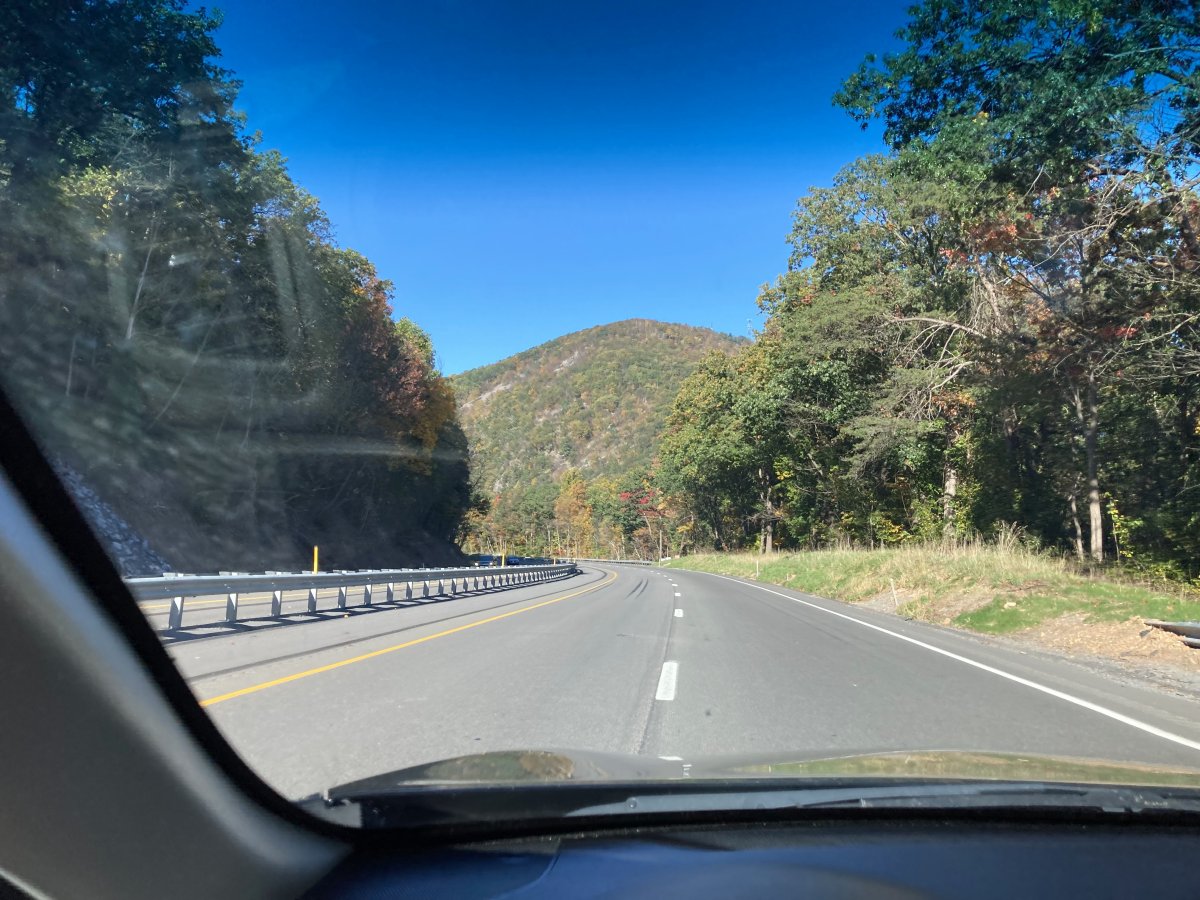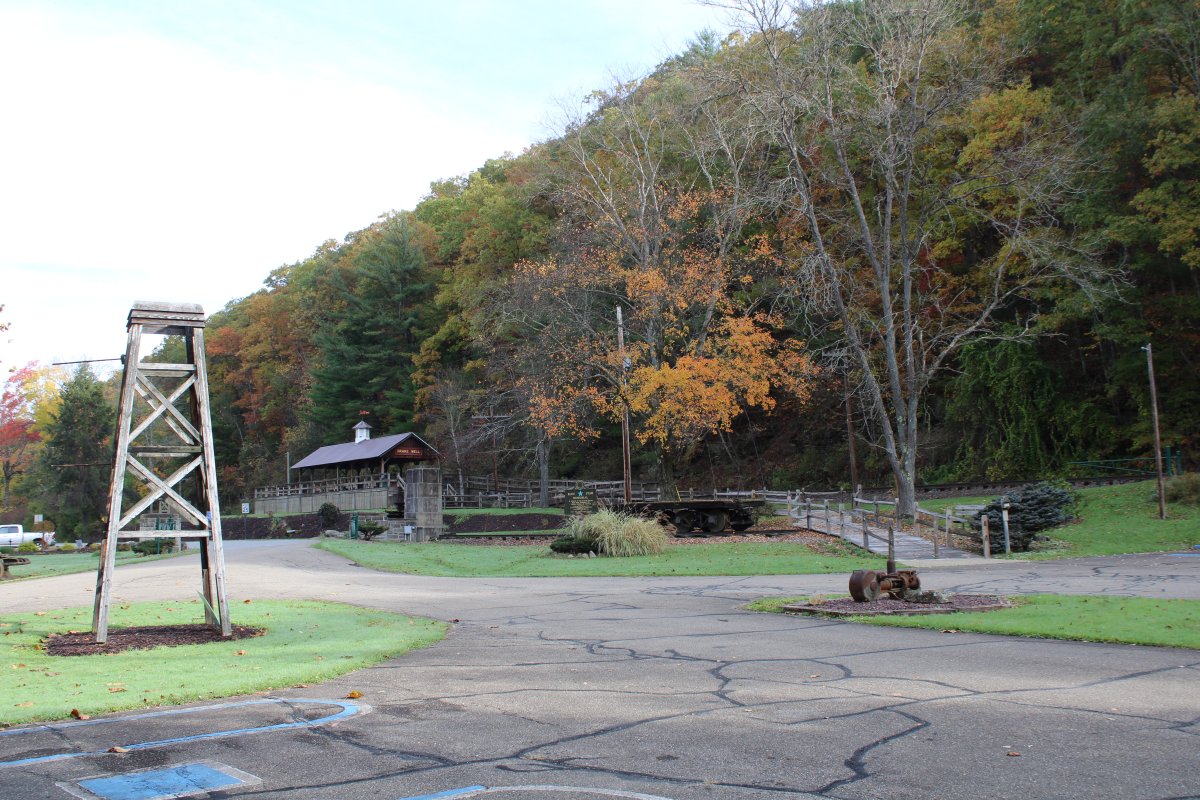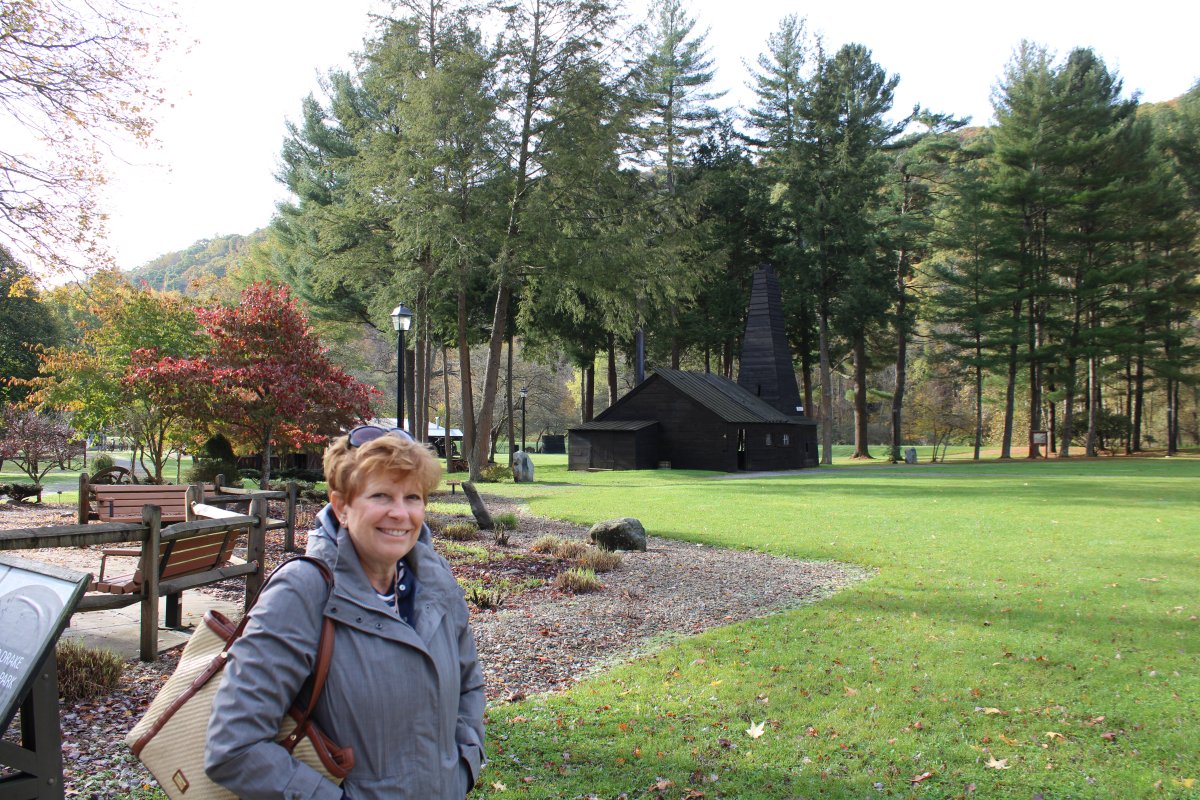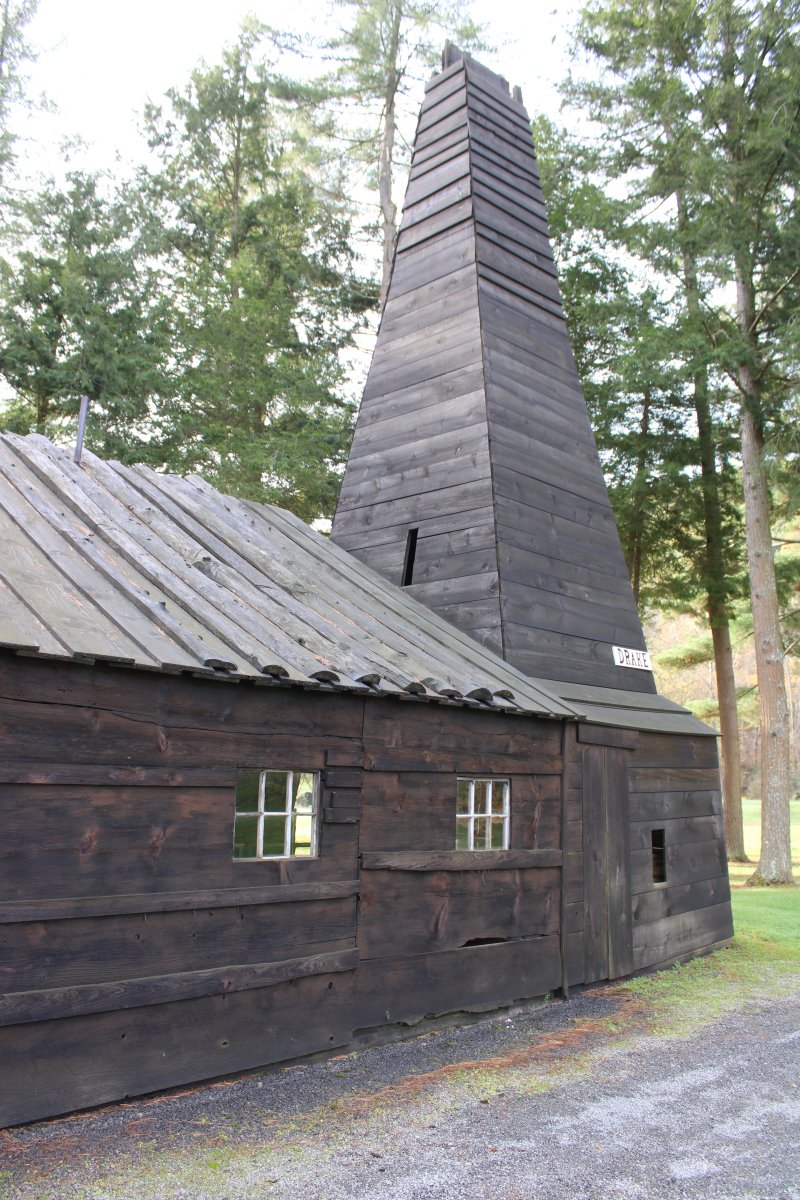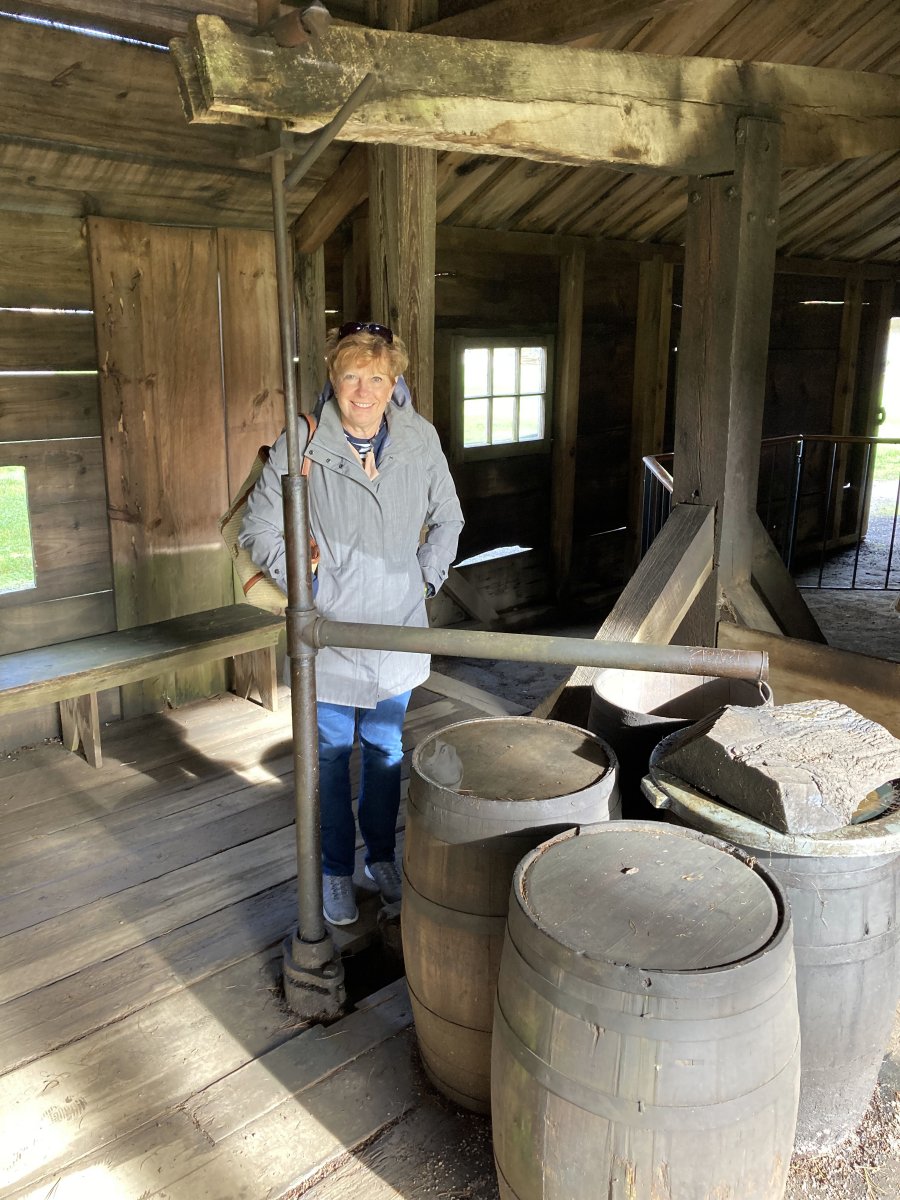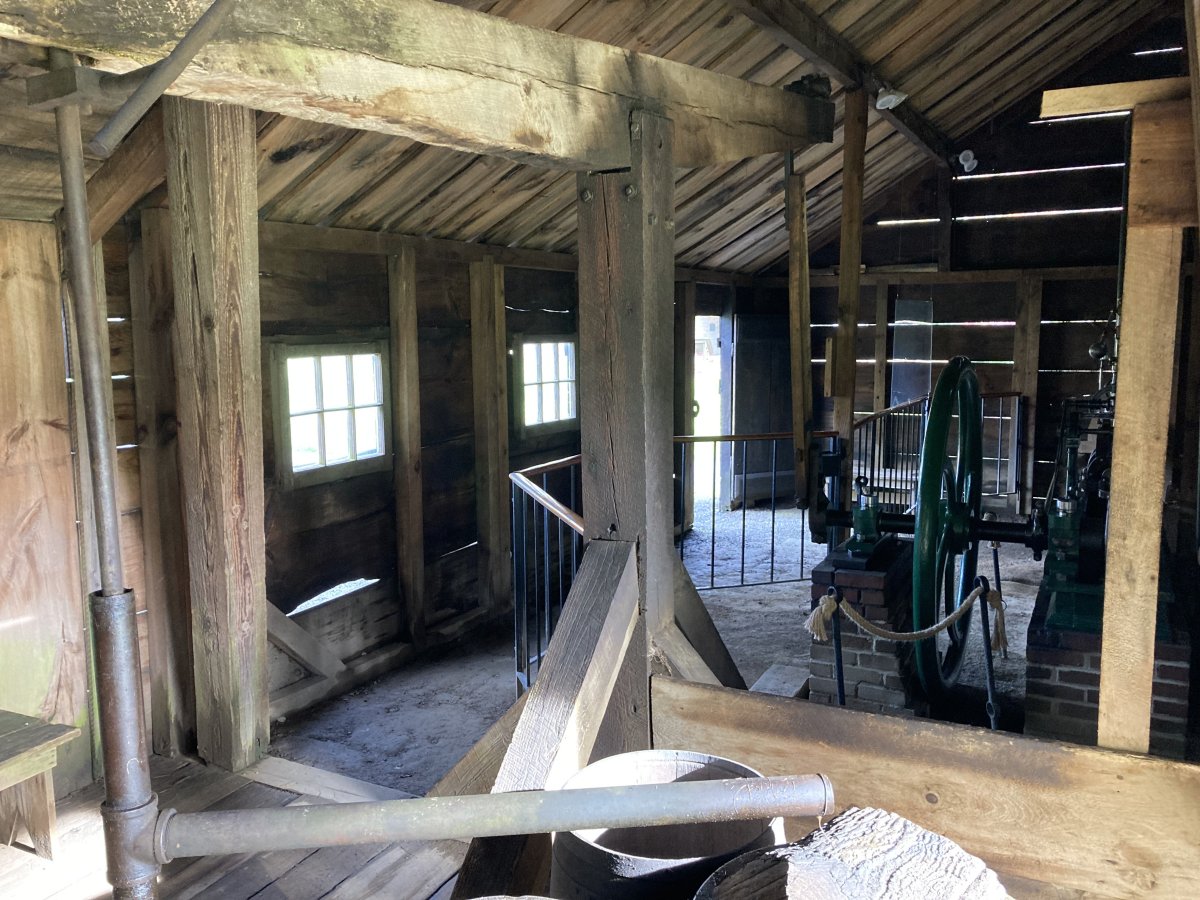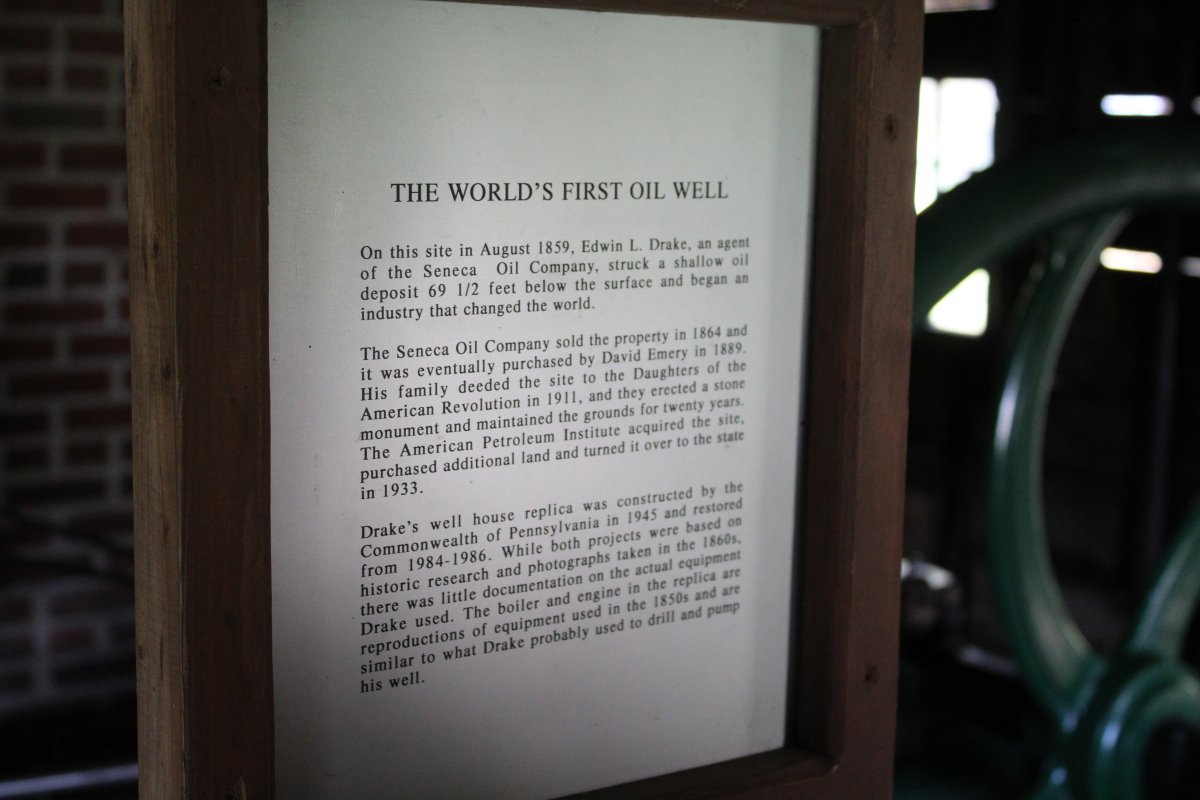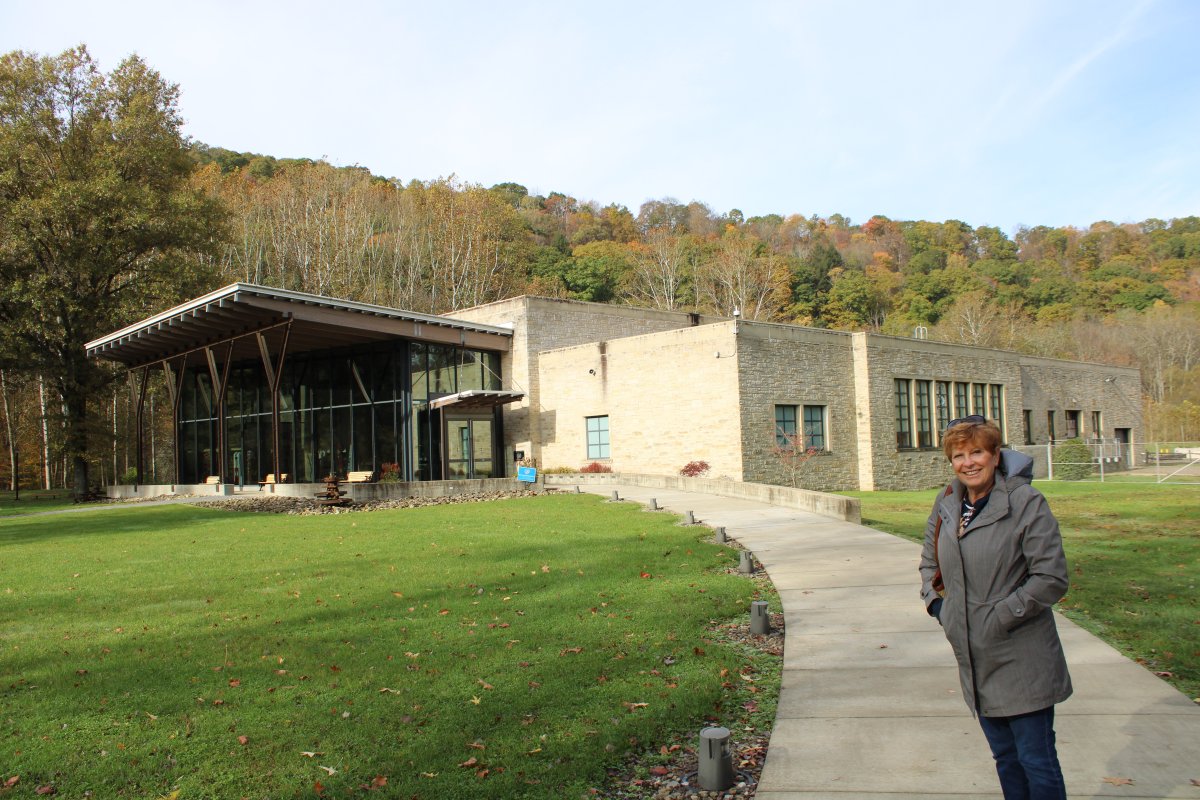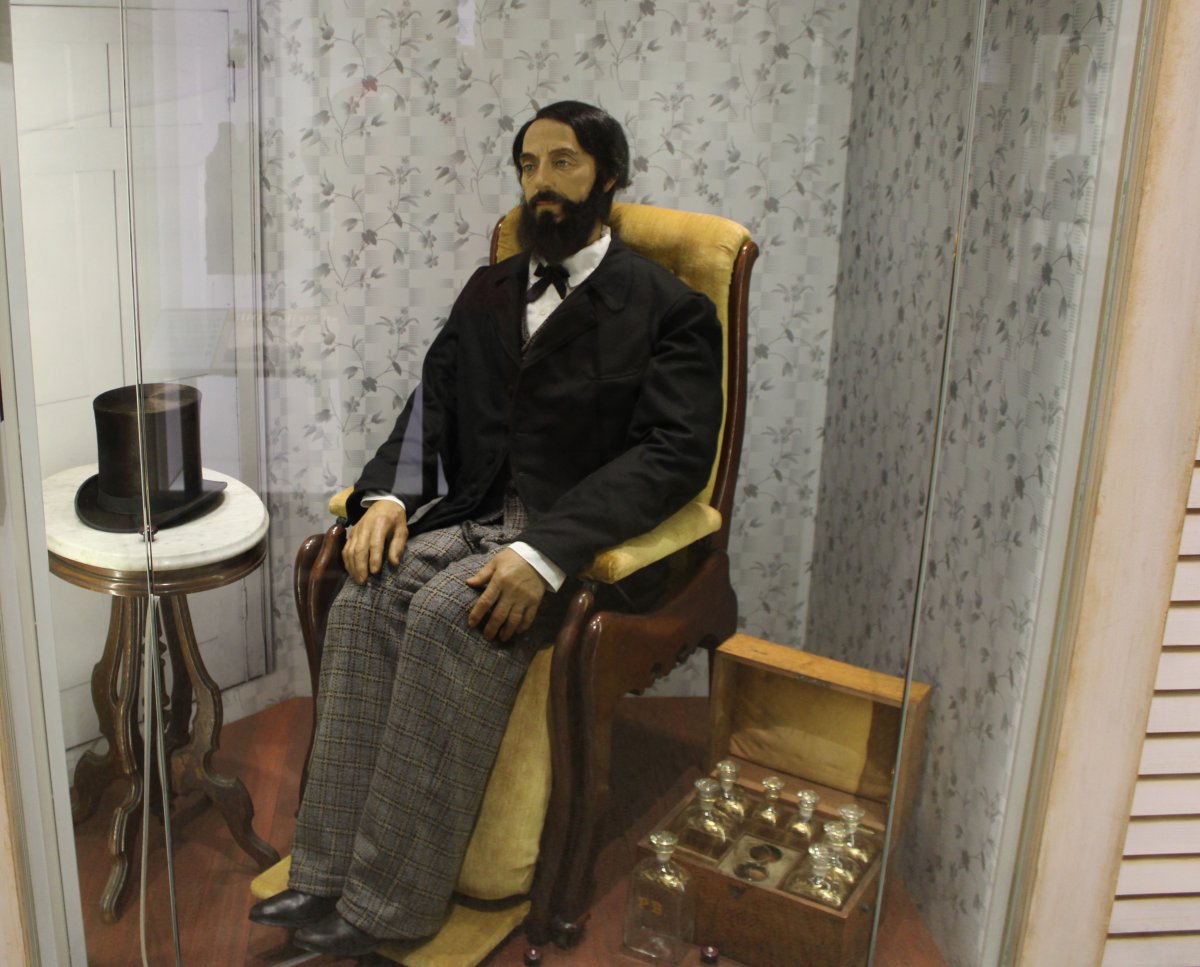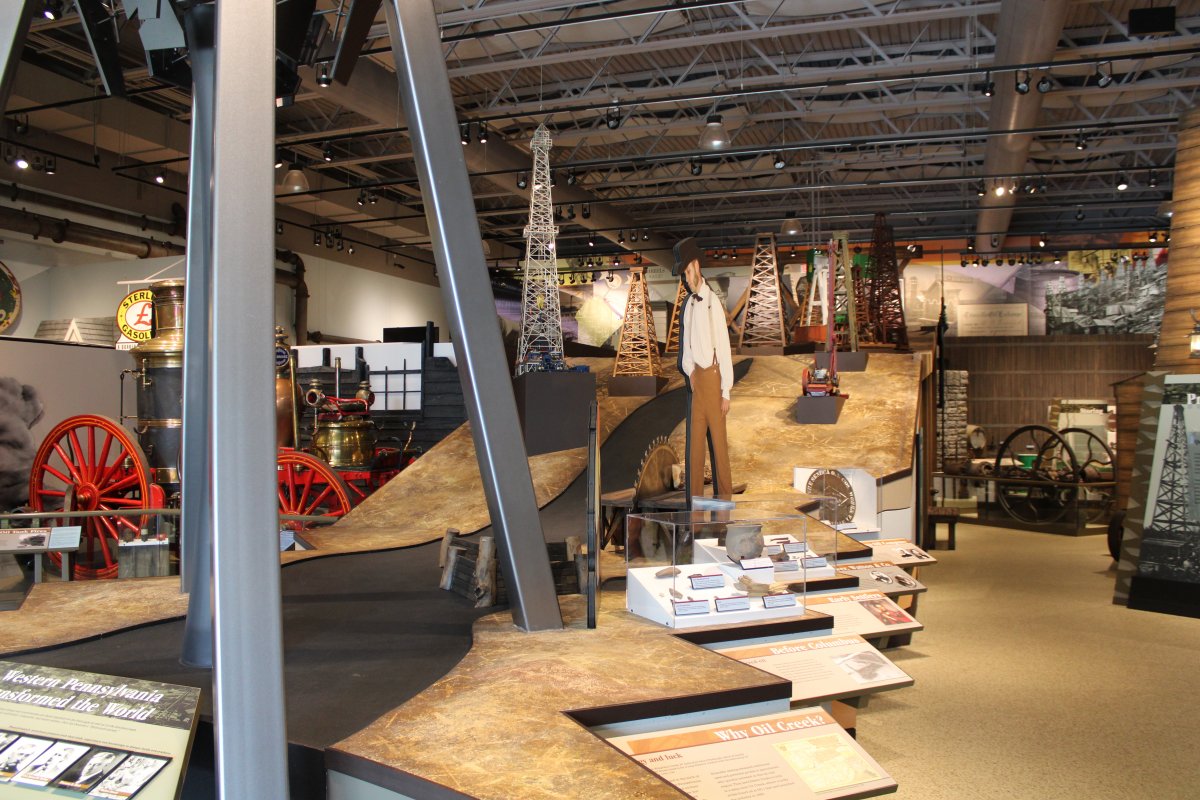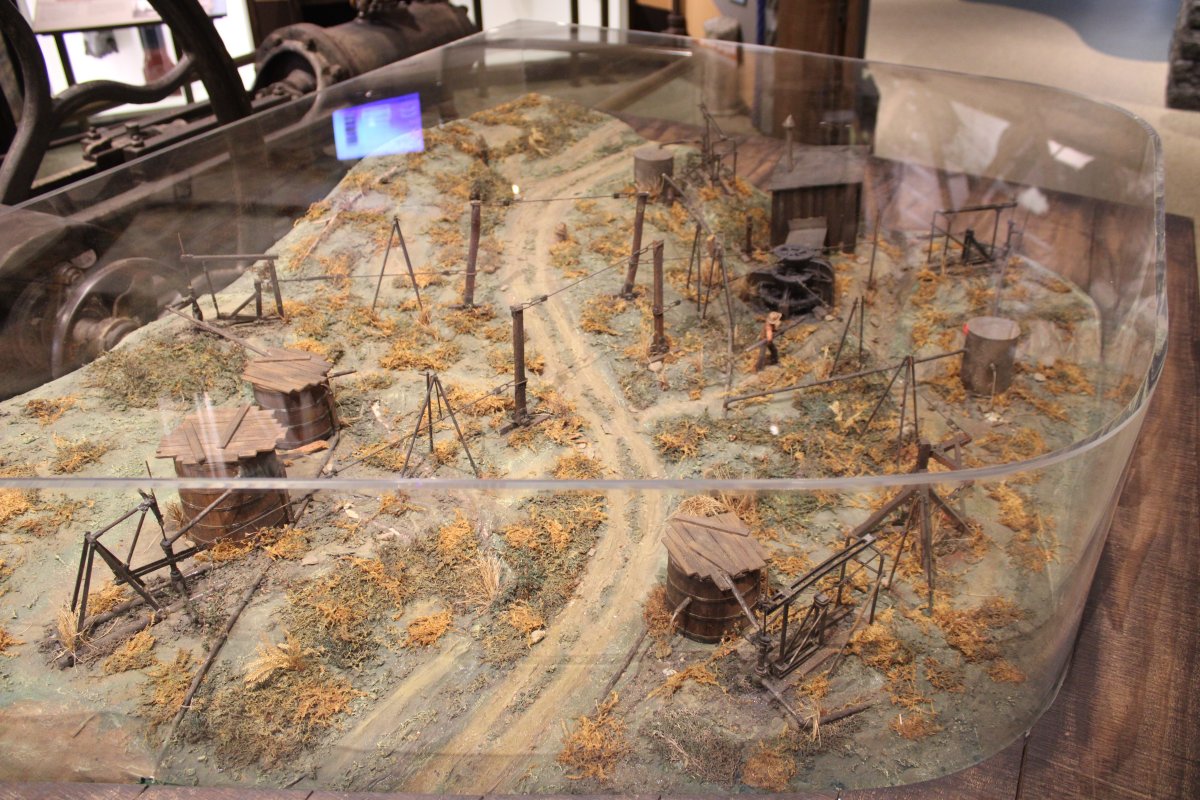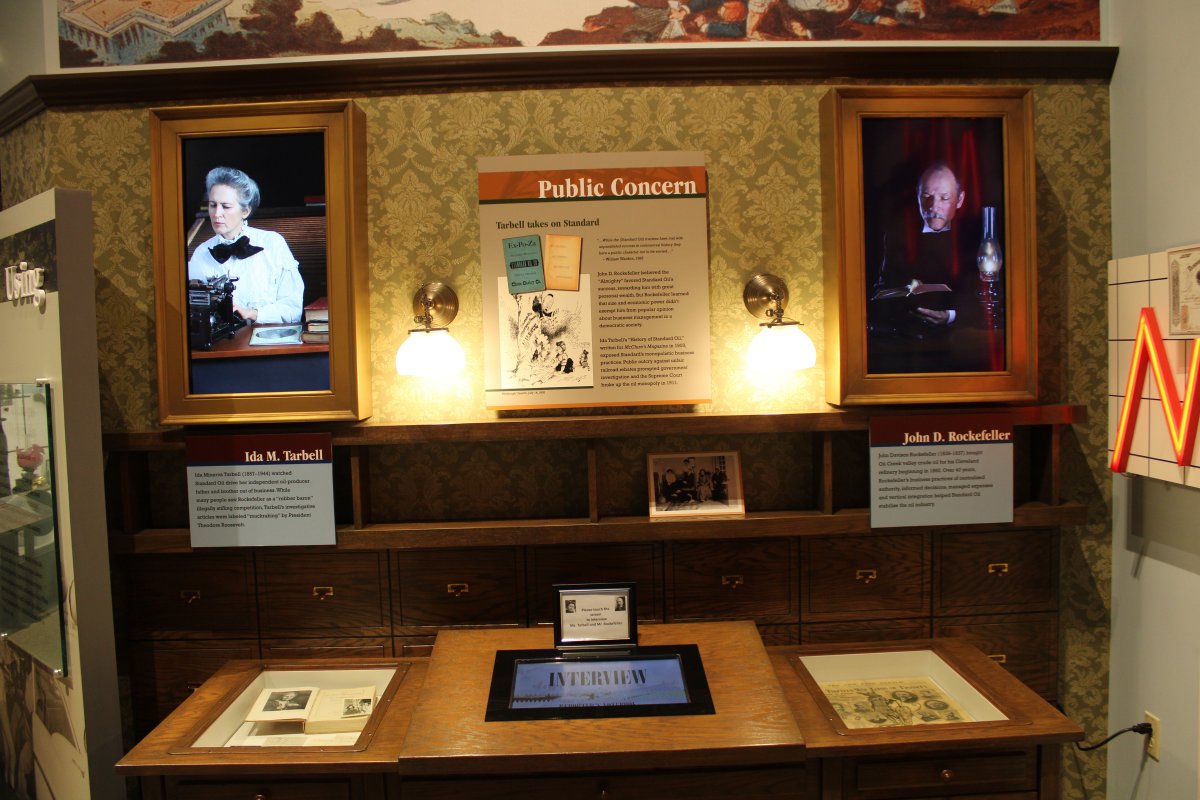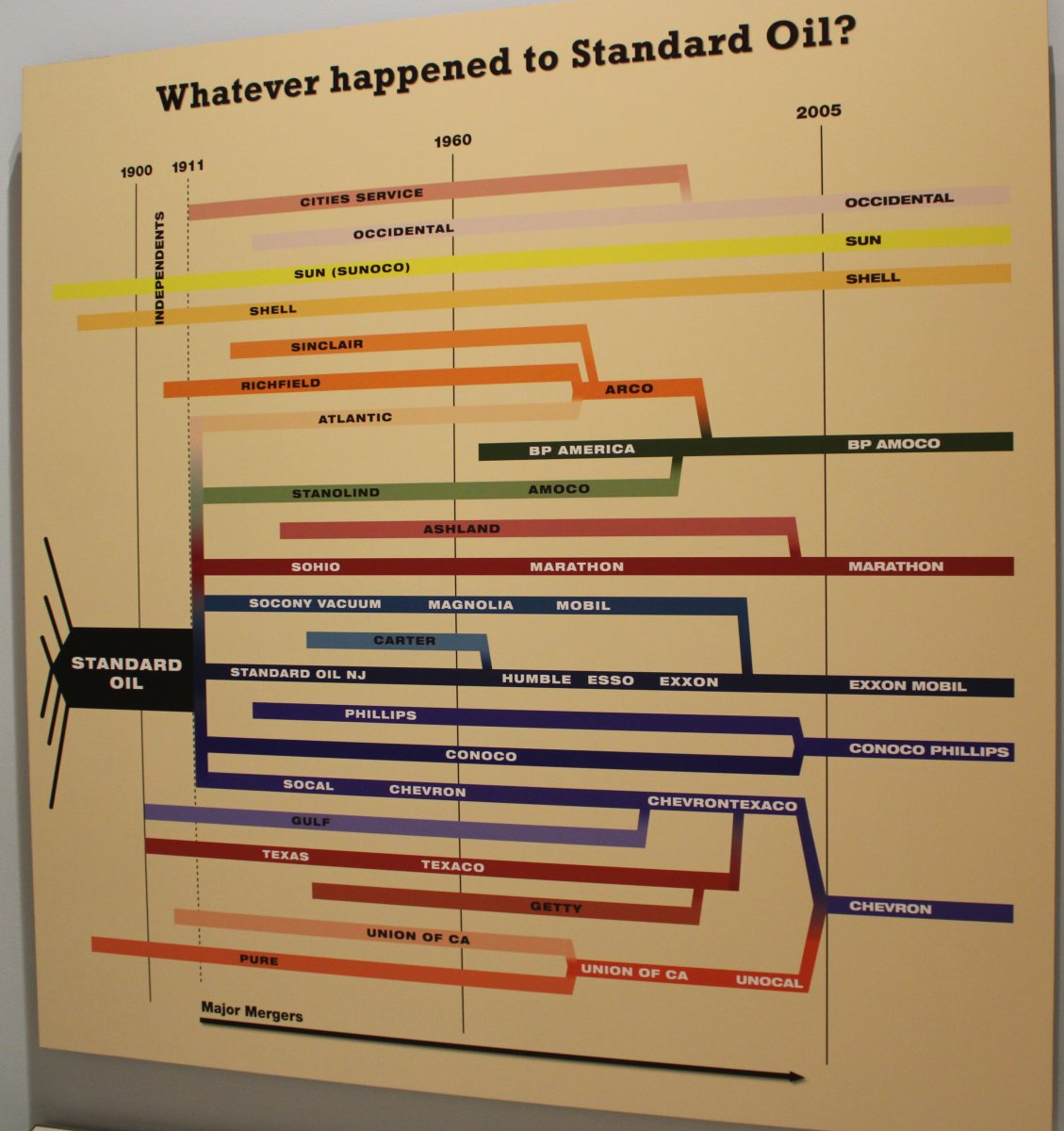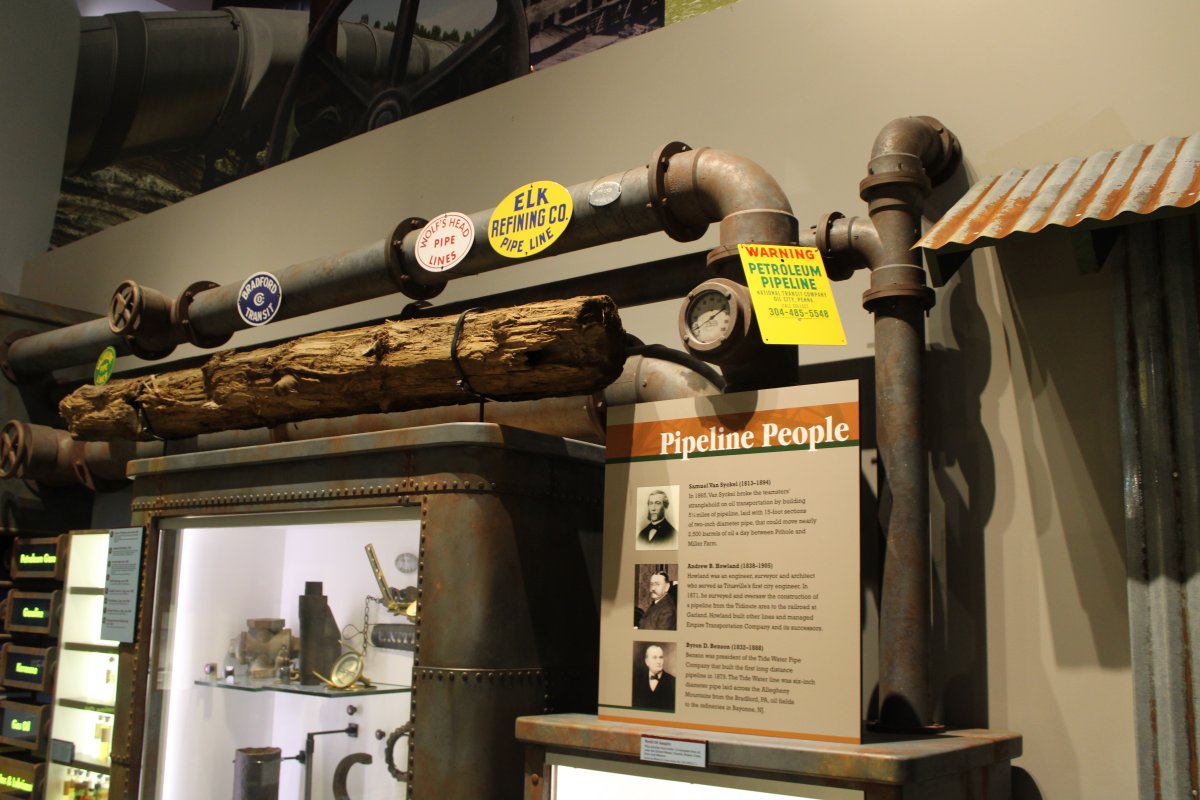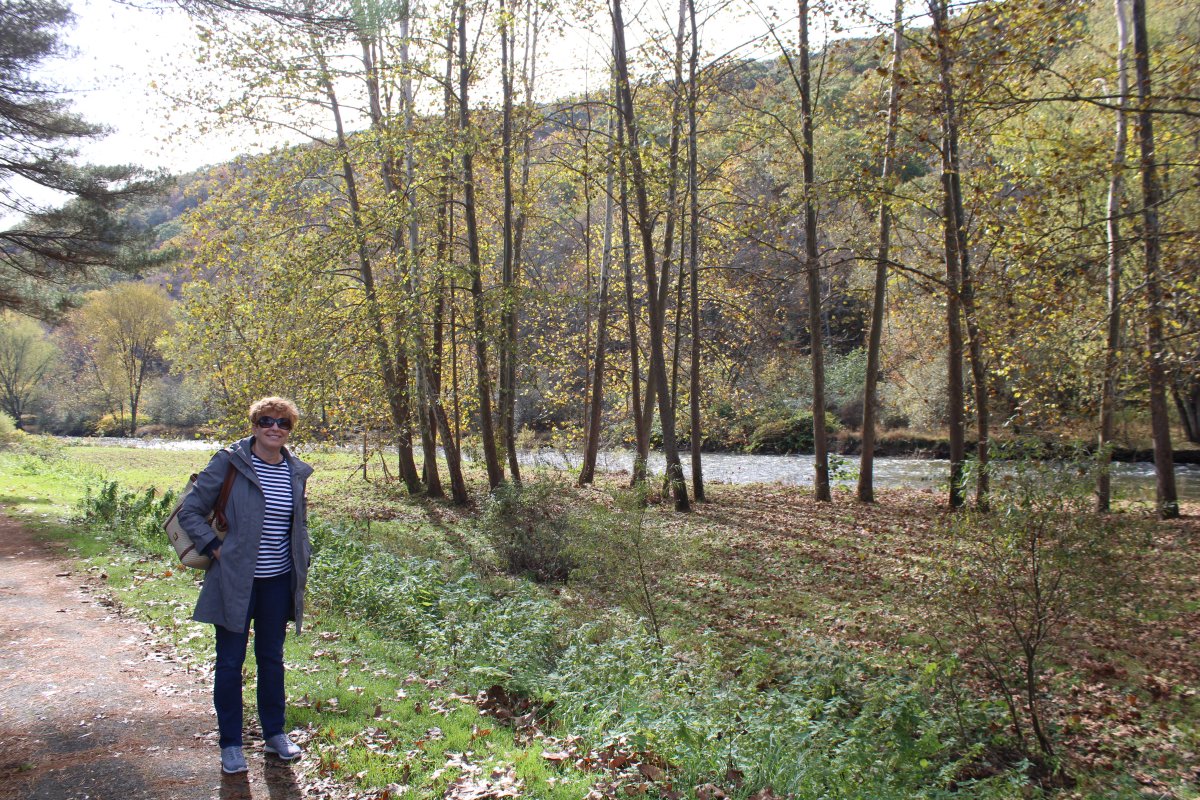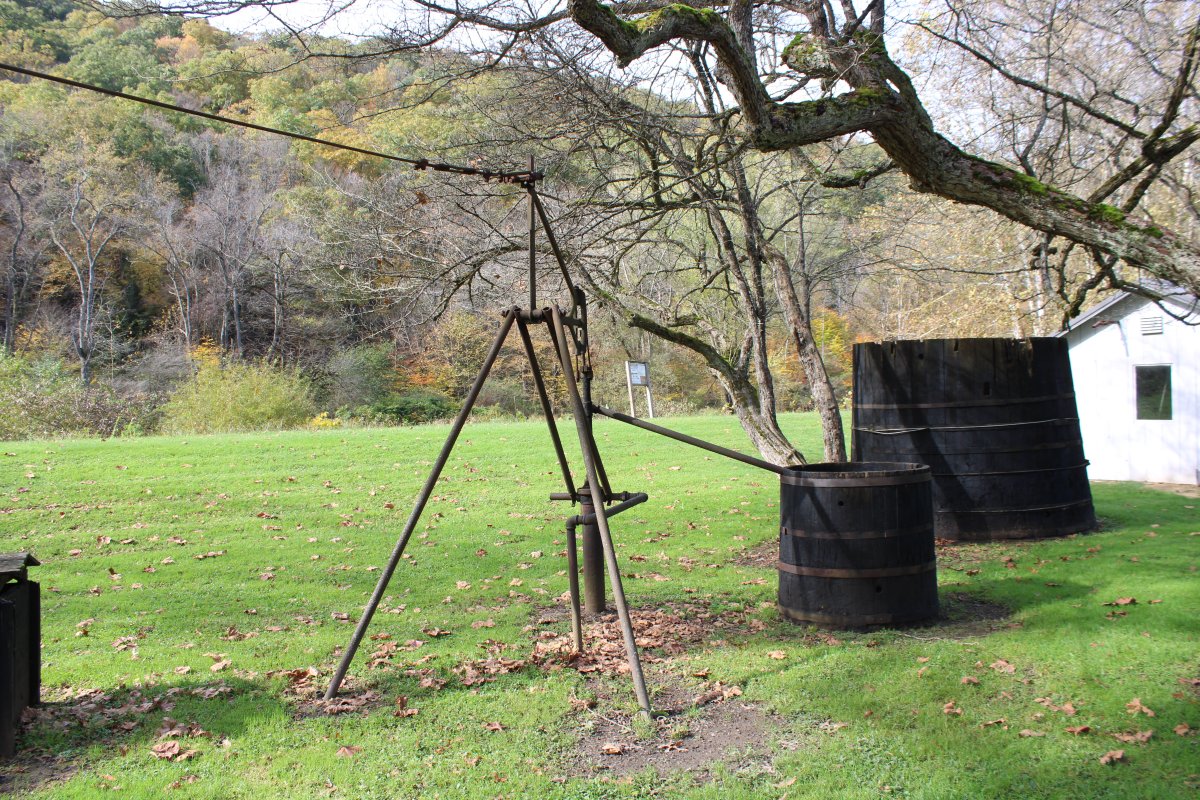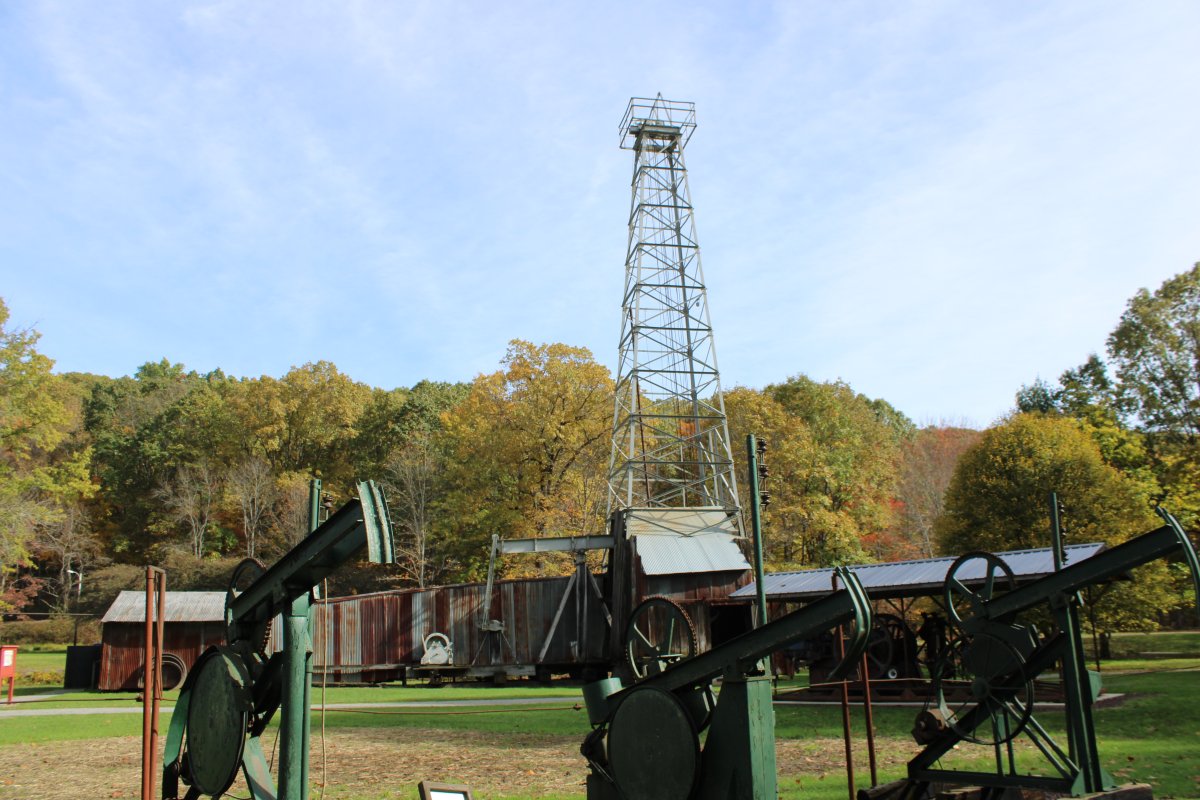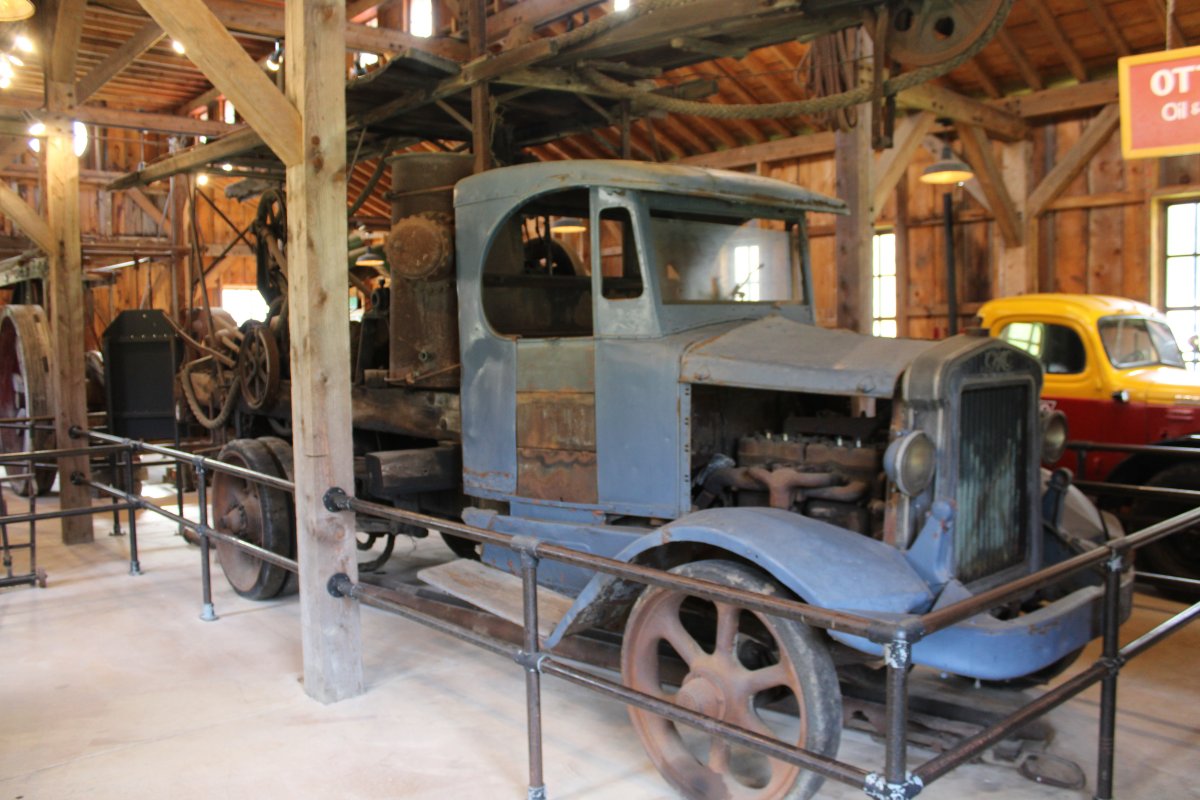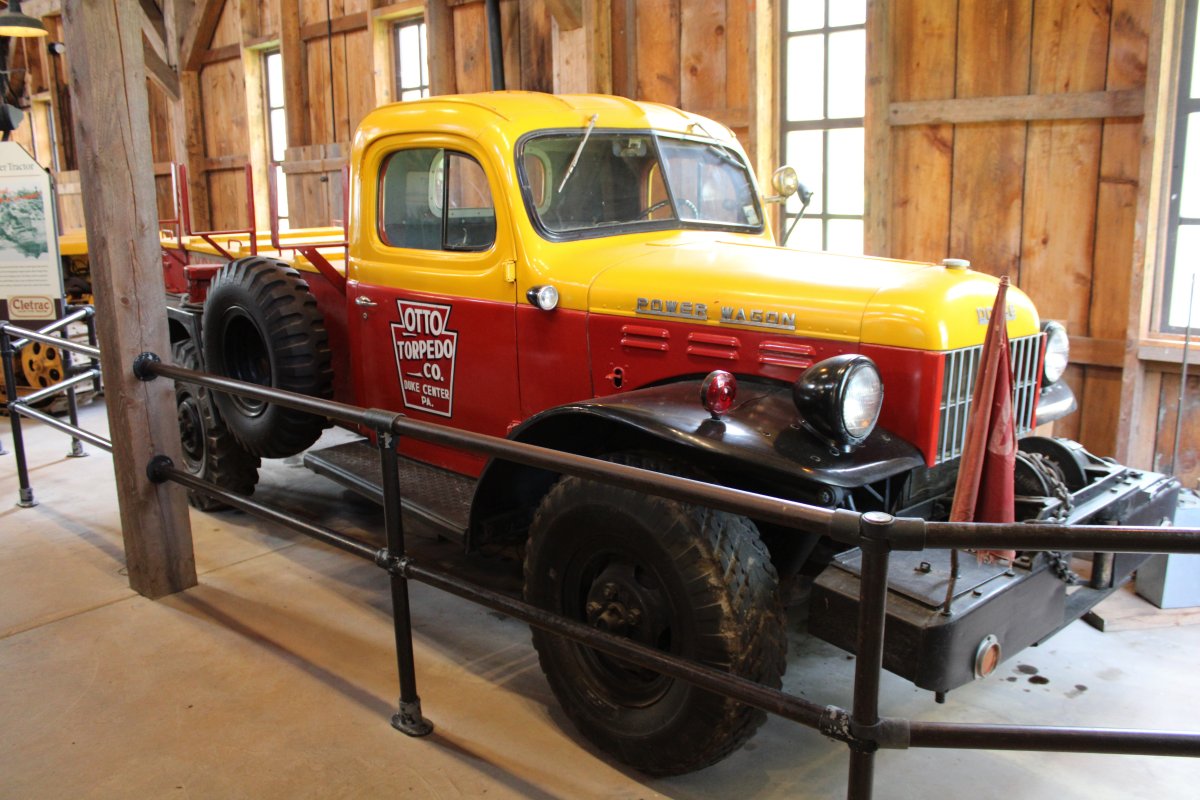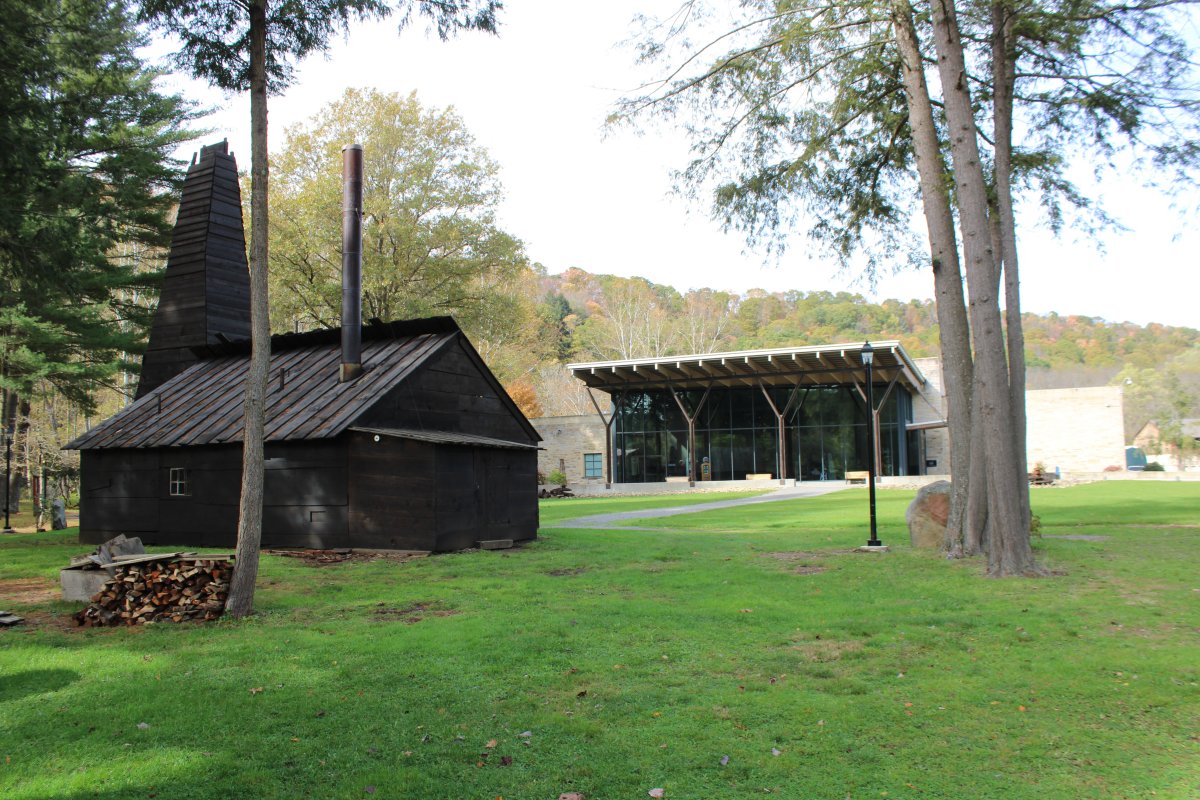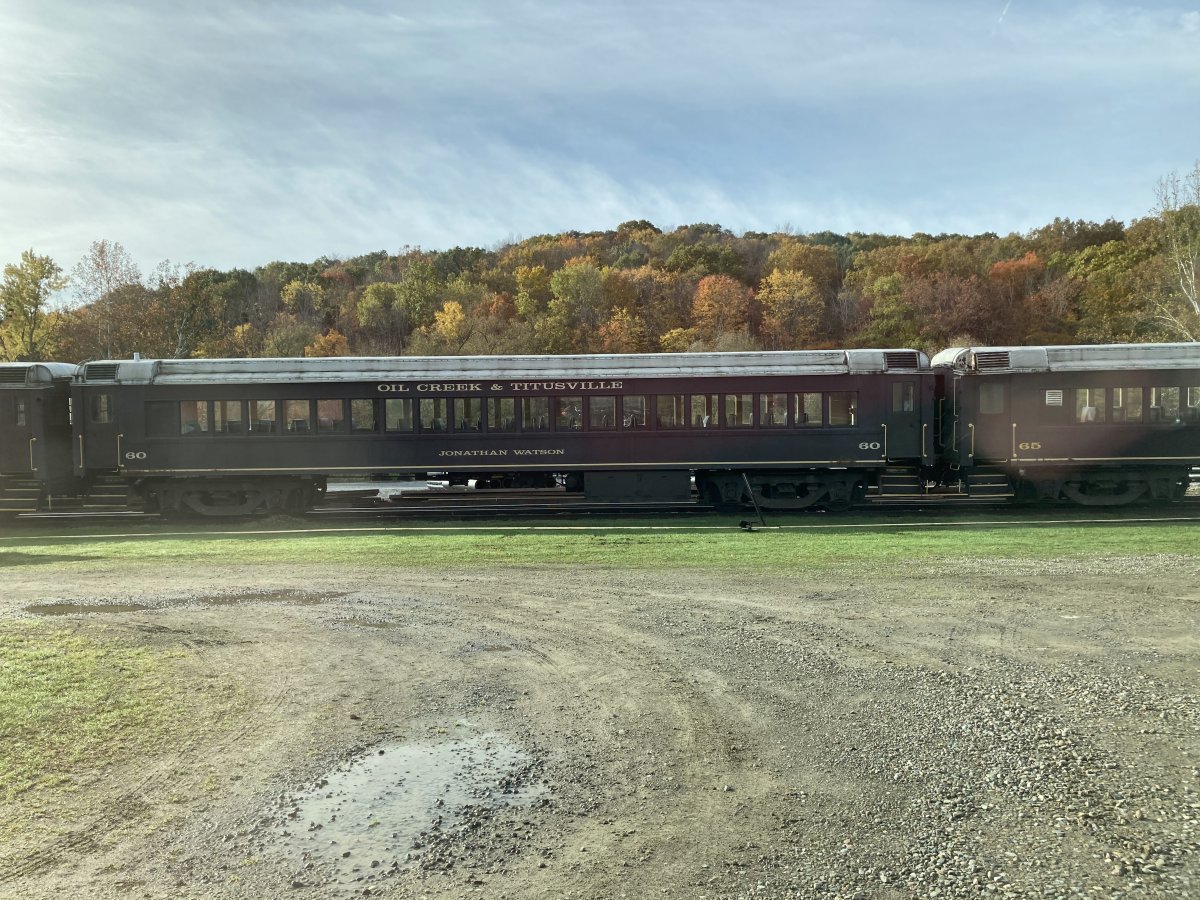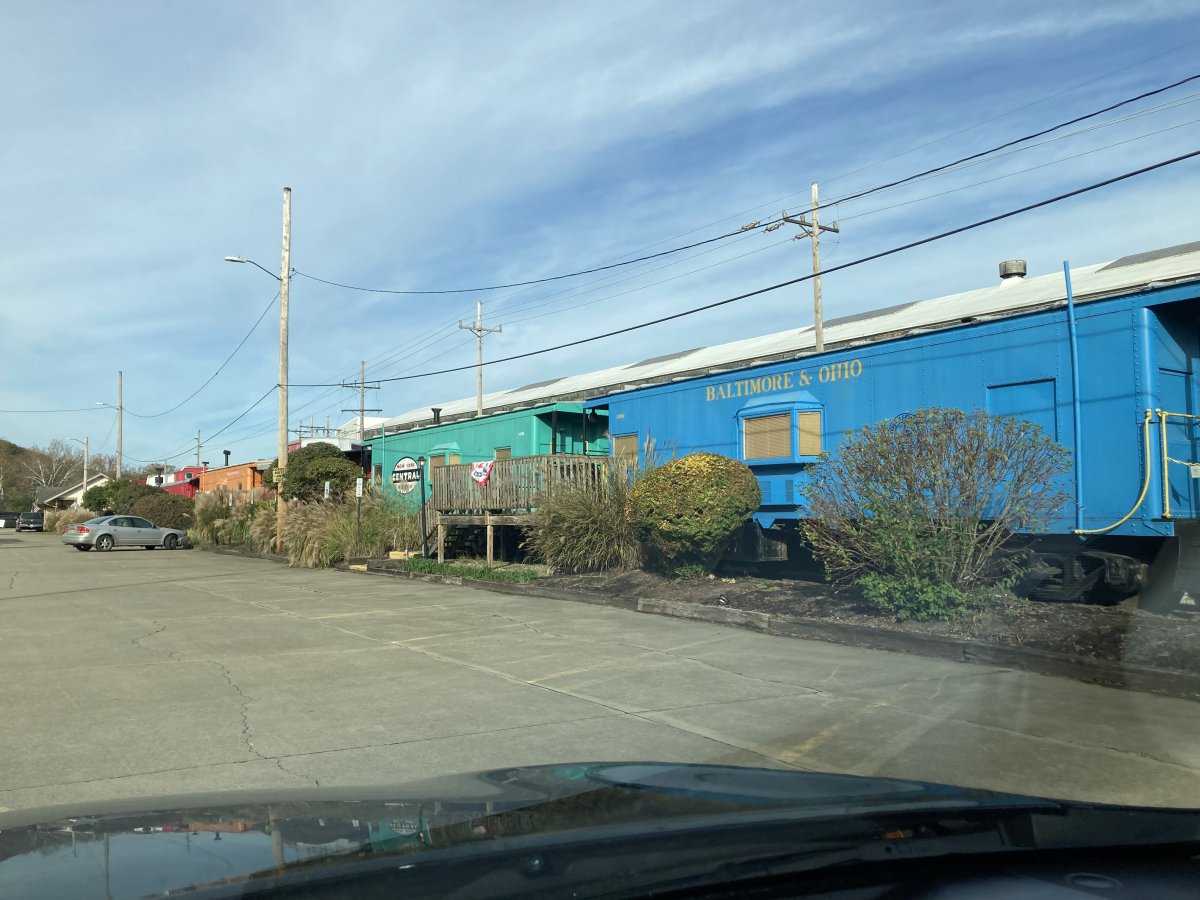|
From the great book "The Prize" by Daniel Yergin:
"Oil -- known as “rock oil” at the time to distinguish it from vegetable oils and animal fats – bubbled up in springs or seeped into salt wells in the area around Oil Creek. A few barrels could be gathered by skimming it off the surface of springs and creeks or by wringing out rags that had been soaked in the oily waters.
George Bissell, a New York lawyer, and James Townsend, president of a bank in New Haven were the leaders of an investment group. They thought that rock oil could be exploited in far larger quantities and processed into a fluid that could be burned as an illuminant in lamps. They wanted to bring to market the inexpensive, high-quality illuminant that mid-nineteenth-century man so desperately needed.
The investor group engaged Yale Professor Benjamin Silliman to analyze the properties of the oil both as an illuminant and lubricant. Silliman’s study was nothing less than a “turning point in the establishment of the petroleum business”. The report said that rock oil could be distilled into several components, one of which was a very high-quality illuminating oil.
The enterprise became known as the Pennsylvania Rock Oil Company. The next step was proving that there was a sufficient and obtainable supply of rock oil to make for a substantial paying proposition.
Oil was not unfamiliar to mankind. By the time Bissell was launching his venture, the world knew how to refine oil into kerosene. An inexpensive lamp had been developed that burned kerosene. What was needed was a way to extract large amounts of oil from the earth cheaply. Skimming and digging for oil would not do it.
Salt “boring,” or drilling had been done in Europe since 1830. Salt wells were being drilled in the U.S. Brine from the salt well was evaporated into salt used to preserve food.
The essential insight of Bissell – and then of his fellow investors in the Pennsylvania Rock Oil Company – was to adapt the salt-boring technique directly to oil. Instead of digging for rock oil, they would drill for it. Others had the same idea. But Bissell and his group had Silliman’s report and because of the report they had the capital.
The group chose Edwin L. Drake to run the project. They called him Colonel to impress people but he had never been in the military. Drake arrived in Titusville, a lumber town, population 125, in December of 1857.
The investors established a new company, the Seneca Oil Company, with Drake as its general agent. Drake had trouble getting a decent salt driller in 1858. But in the spring of 1859 Drake hired a blacksmith named William A. Smith – “Uncle Billy” Smith. Smith made tools for the salt water drillers so he knew how to drill. But the bore hole kept filling with water and the walls collapsed. Pumping the water out did not work. Drake came up with the idea of drilling inside an iron pipe pounded into the ground: the driving pipe. Unfortunately for him, he did not patent the idea.
The work was slow and by August 1859 the money was running out. But on August 27, 1859, at 69 feet, the drill dropped into a crevice and slid another six inches. The next day Uncle Billy came out to see the well. He peered down into the pipe. He saw dark fluid floating on top of the water. He drew up a sample. It was oil. Drake attached a common hand pump and pumped up the liquid. That same day Drake had received a letter directing him to close up shop.
All the other elements – refining, experience with kerosene, and the right kind of lamp – were in place when Drake proved, through drilling, the final requirement for a new industry, the availability of supply. And with that, man was suddenly given the ability to push back the night. Yet that was only the beginning. For Drake’s discovery would, in due course, bequeath mobility and power to the world’s population, play a central role in the rise and fall of nations and empires, and become a major element in the transformation of human society.
But all that, of course, was still to come. What followed immediately was like a gold rush."
Bissell did become very wealthy from the oil business. Drake and Uncle Billy did not.
The Drake Well pump was powered by a simple steam engine (at right).
|
